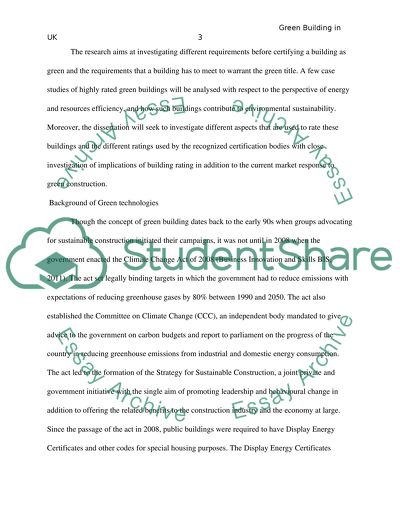Cite this document
(“Green Buildings Essay Example | Topics and Well Written Essays - 2500 words”, n.d.)
Green Buildings Essay Example | Topics and Well Written Essays - 2500 words. Retrieved from https://studentshare.org/architecture/1642390-green-buildings
Green Buildings Essay Example | Topics and Well Written Essays - 2500 words. Retrieved from https://studentshare.org/architecture/1642390-green-buildings
(Green Buildings Essay Example | Topics and Well Written Essays - 2500 Words)
Green Buildings Essay Example | Topics and Well Written Essays - 2500 Words. https://studentshare.org/architecture/1642390-green-buildings.
Green Buildings Essay Example | Topics and Well Written Essays - 2500 Words. https://studentshare.org/architecture/1642390-green-buildings.
“Green Buildings Essay Example | Topics and Well Written Essays - 2500 Words”, n.d. https://studentshare.org/architecture/1642390-green-buildings.


